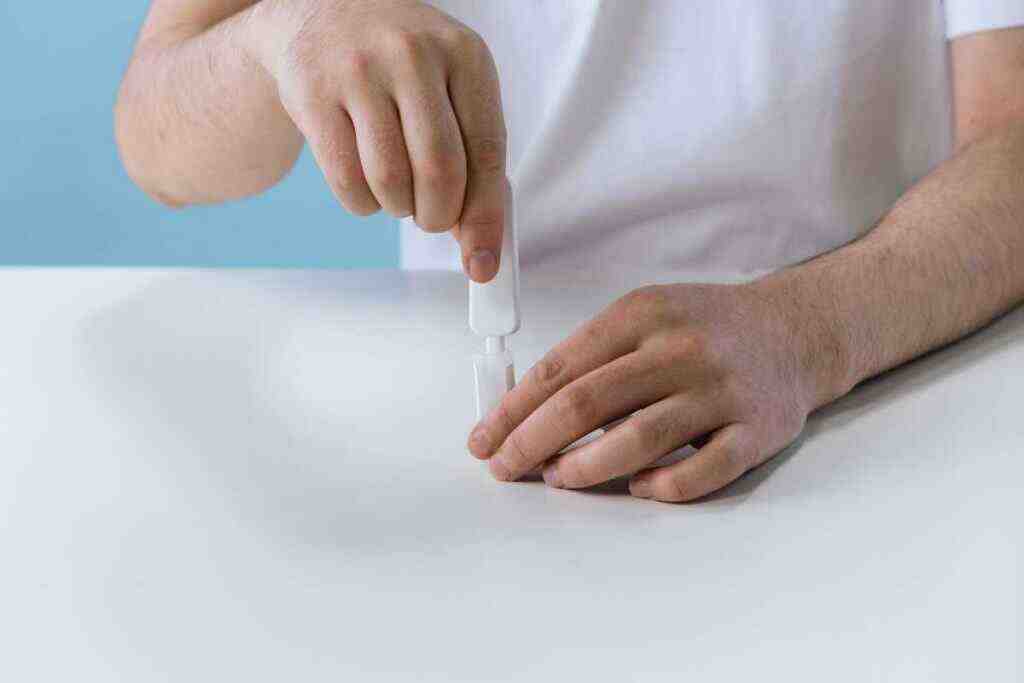4. Strep Transmission: Unraveling the Mechanisms of Direct and Indirect Spread
Buckle up, folks! We’re diving into the world of Streptococcus, more commonly known as Strep. These tiny microorganisms can cause a variety of infections, from strep throat to scarlet fever. But how exactly do these pesky bacteria spread? Let’s embark on a journey to unravel the mechanisms of direct and indirect Strep transmission.
Direct Transmission: Passing the Strep Torch
Picture this: You’re having a friendly conversation with your colleague, but little do you know, they’re harboring Strep bacteria in their throat. As they speak, tiny droplets containing these bacteria are released into the air. If you’re unlucky enough to inhale these droplets, you might end up with a case of strep throat yourself. That’s how direct transmission occurs – through close contact with an infected person.
Direct transmission can also happen through:
- Coughing or Sneezing: When an infected person coughs or sneezes, they release a cloud of Strep-laden droplets into the air, potentially infecting anyone nearby.
- Sharing Food or Drinks: If an infected person shares food or drinks with you, you might ingest the bacteria and develop an infection.
- Kissing: Kissing someone with Strep can provide a direct pathway for the bacteria to enter your mouth and throat.
Indirect Transmission: Sneaky Strep Spreading Tactics
Strep bacteria can also spread indirectly, like a sneaky spy. Here’s how it happens:
Touching Contaminated Surfaces: Strep bacteria can survive on surfaces for a while. If you touch a surface contaminated with Strep, such as a doorknob or a countertop, and then touch your mouth, nose, or eyes, you could become infected.
Sharing Personal Items: Sharing toothbrushes, razors, or other personal items with an infected person can also transmit Strep bacteria.
Consuming Contaminated Food or Water: In rare cases, Strep bacteria can contaminate food or water, leading to infection if consumed.
Preventing Strep Transmission: A Battle Plan
Now that you know how Strep spreads, let’s arm ourselves with some preventive measures:
Wash Your Hands Often: This age-old advice still holds true. Washing your hands frequently with soap and water can help remove Strep bacteria and prevent infection.
Cover Your Mouth and Nose When Coughing or Sneezing: Use a tissue or your elbow to cover your mouth and nose when coughing or sneezing. This helps prevent the spread of Strep-containing droplets.
Avoid Sharing Personal Items: It’s best to keep your toothbrush, razor, and other personal items to yourself. Sharing these items can increase the risk of Strep transmission.
Clean and Disinfect Surfaces: Regularly clean and disinfect surfaces that are frequently touched, such as doorknobs, countertops, and bathroom fixtures, to reduce the risk of Strep contamination.
When to Seek Medical Attention
While Strep infections are usually mild and can be treated with antibiotics, it’s important to seek medical attention if you experience severe symptoms, such as:
- High fever
- Severe sore throat
- Difficulty swallowing
- Swollen lymph nodes
- Rash
Early diagnosis and treatment can help prevent complications from Strep infections.
In Conclusion: Breaking the Strep Transmission Chain
Strep transmission can be a pain, but by understanding how it spreads and taking preventive measures, we can break the transmission chain and protect ourselves and others from infection. Remember, good hygiene practices, like handwashing and covering coughs, are our allies in this battle against Strep. If you suspect you have a Strep infection, don’t hesitate to seek medical attention. Stay vigilant, stay healthy, and let’s keep those pesky bacteria at bay!
Join the fight against Strep! Share this article with your friends and family to raise awareness about Strep transmission and prevention. Together, we can make a difference in the battle against this common infection.
